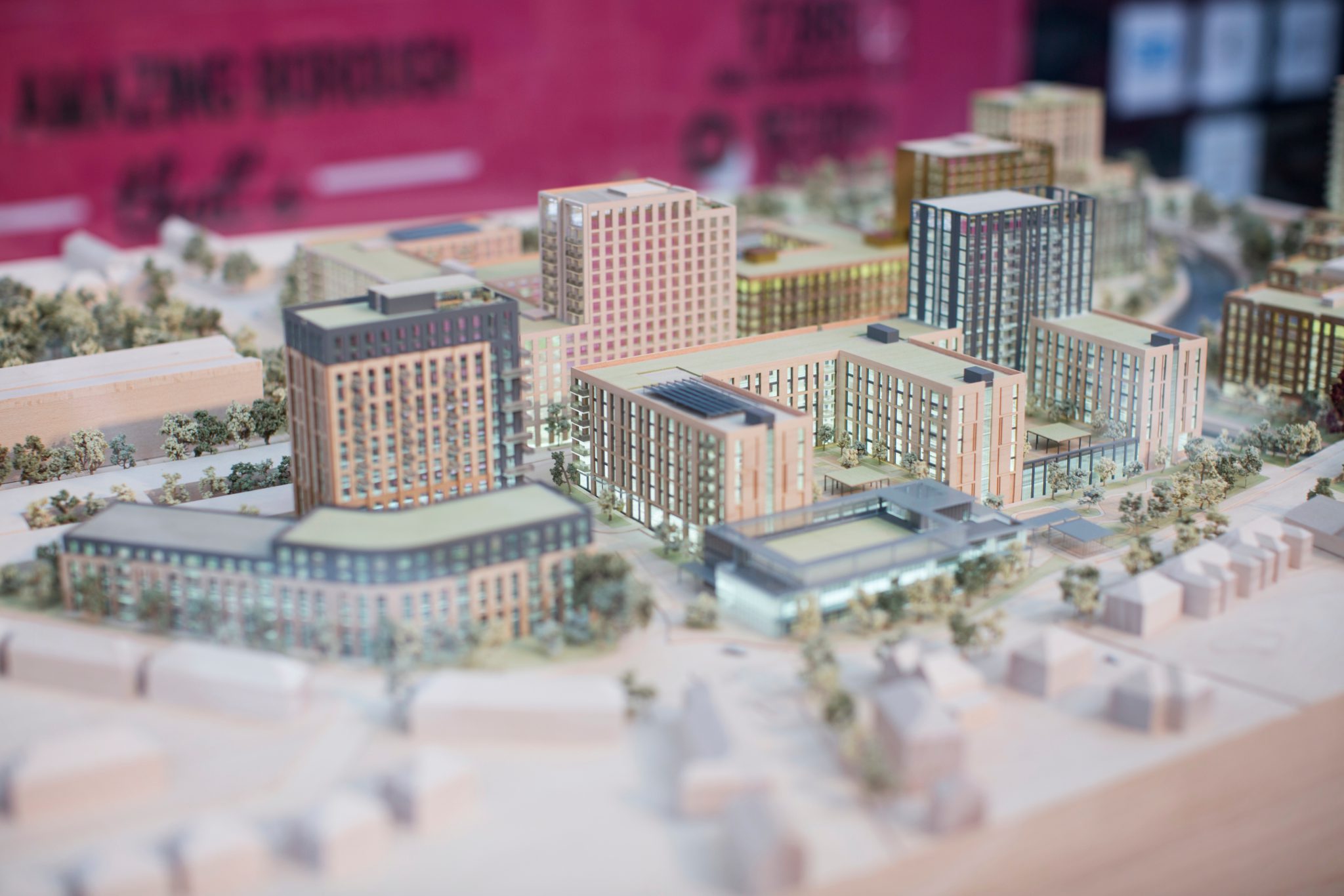

G&T has long history of supporting the London Real Estate Forum's NextGen initiative.
Find out more about our partnershipNextGen Spotlight: LREF Investment Summit
Through G&T's partnership with New London Architecture (NLA) and as part of the recent Investment Summit held in the build up to the 2021 London Real Estate Forum (LREF), we invited NextGen members to give their insights on key market trends discussed by industry leaders at the summit.
The changes we are seeing now will significantly impact the next generation of built environment leaders at a critical point in their careers. Read on to find out how our cities could best adapt to fit an ever changing landscape and the future needs of their users in the first in a series of articles exploring sustainability, the future office, modern methods of construction and more.

G&T has long history of supporting the London Real Estate Forum's NextGen initiative.
Find out more about our partnership